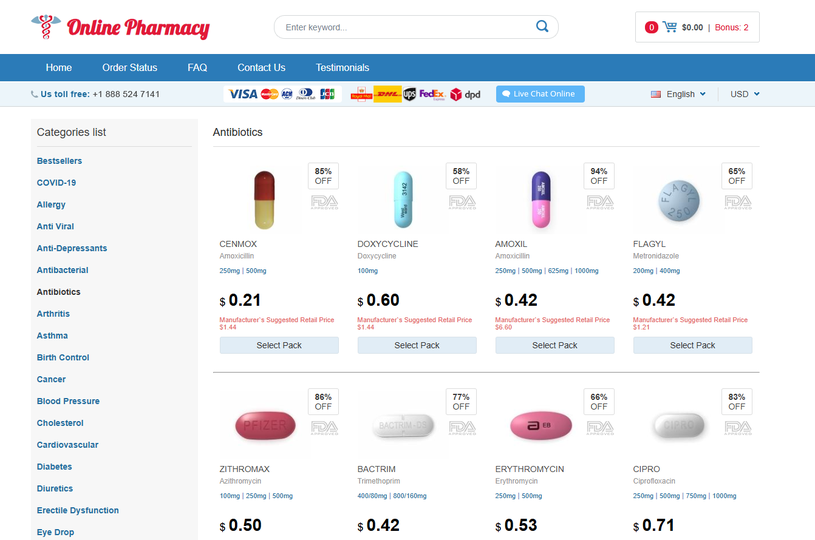To Order Norvasc Online Visit Our Pharmacy ↓

Potential Side Effects and Interactions in Elderly Users
Despite its efficacy, the journey from a patient's first fill day to ongoing maintenance encompasses careful consideration of dosing and monitoring, especially in the senior demographic, to ensure the balance between therapeutic benefits and side effects. Seniors, with their unique physiological changes, require a specialized approach to finding the right balance. Norvasc, a script often recommended for hypertension, can play a pivotal role in this preventative strategy. This meticulous approach ensures Norvasc can be a safe harbor in the tumultuous sea of managing hypertension for the elderly. Norvasc, known scientifically as Amlodipine, entered the medical world with a promise: to revolutionize the management of hypertension and angina. Preliminary studies hint at anti-inflammatory and neuroprotective properties, raising the question of its potential in the treatment of conditions like stroke, dementia, or certain types of cancer. In patients with chronic kidney disease, Norvasc can be particularly advantageous because it does not require dose adjustment, providing a stable and predictable treatment option.
Common Side Effects and How to Manage Them
Incorporating a healthy lifestyle, including a balanced diet and regular exercise, can enhance your overall well-being and reduce the likelihood of experiencing adverse effects. Remember, complete adherence to your prescribed regimen is key to managing your condition successfully. Norvasc, a calcium channel blocker, primarily combats hypertension by relaxing the blood vessels. Norvasc, like any medication, can cause side effects that may vary from person to person. Norvasc is highly effective in reducing high blood pressure by relaxing the blood vessels, allowing blood to flow more easily. This calcium channel blocker works by relaxing the blood vessels, allowing blood to flow more easily and the heart to pump more efficiently. If you miss a dose, take it as soon as you remember, unless it is nearly time for your next dose—do not double up.
Immediate Reactions: What to Watch Out for
Its wide therapeutic index and once-daily dosing convenience enhance compliance and minimize the psychological burden often associated with complex medication regimens. In contrast, ACE inhibitors lower blood pressure by blocking the conversion of angiotensin I to angiotensin II, a substance that narrows blood vessels. Norvasc, known generically as amlodipine, belongs to the class of medications known as calcium channel blockers, which are primarily used to manage hypertension and angina. Mild swelling can be managed by elevating your feet when resting and incorporating light physical activities like walking to improve circulation. To avoid potential gastrointestinal upset, taking Norvasc with meals can be beneficial. The goal is to mitigate risks, such as side effects or interactions with other meds, ensuring that the comp of therapies aligns with the senior's overall health profile. Among the most frequent side effects are swelling in the feet and ankles, dizziness, and a sensation of fatigue.
Norvasc: Mechanism of Action and Benefits
Norvasc, known for its effectiveness and safety profile, tends to be more expensive than generic alternatives like ACE inhibitors, beta blockers, and diuretics, which are often available at lower prices. Norvasc’s unique pharmacokinetic profile, characterized by its extended half-life and gradual onset of action, distinguished it from other contenders. While mild dizziness and light-headedness are common and typically not a cause for alarm, it's essential to sit or lie down until the feeling passes to prevent falls or injuries. When starting Norvasc, paying attention to how your body responds is crucial. Yet, this isn't a script to be taken lightly. If you start noticing common side effects like dizziness, swelling, or fatigue that severely impact your daily activities, it may be time to consult your healthcare provider. As the years progressed, Norvasc's reputation was further solidified through extensive research and countless positive patient outcomes.
Navigating Challenges: Future Prospects and Hurdles for Norvasc
This push towards broader use is supported by Norvasc's vasodilatory effects, which could offer protective benefits to the heart and vascular system. When comparing Norvasc to other blood pressure medications, one of the key differentiators is its side effect profile. Initially developed for its efficacy in treating hypertension and angina, Norvasc rapidly captured the attention of the medical community for its unique pharmacological profile, including long-lasting action and effectiveness in a wide patient demographic. It's crucial to follow your healthcare provider's instructions precisely to achieve the best results. However, the road ahead is not without its hurdles. In contrast, beta-blockers, another class of blood pressure meds, can result in fatigue, cold hands and feet, and a reduced heart rate. Common side effects include swelling of the feet or ankles, dizziness, and flushing.
Emerging Trends: the Future Direction of Norvasc Research
Patients often report experiencing mild issues such as swelling in the ankles, but these are generally manageable and don't interfere drastically with daily life. This period of dynamic growth and widespread acceptance underscored the drug's significant impact, setting the stage for its longstanding dominance within the realm of cardiovascular therapeutics. Adjusting the dosage of a medication is a crucial step, particularly in the realm of geriatric care. As a commonly prescribed 'Rx', it stands out due to its long half-life, allowing for once-daily dosing, which enhances patient compliance. Unfortunately, the choice of medication can sometimes be an "Insurance Reject," causing patients to opt for generics or alternative treatments, which may have different side effects and effectiveness. Managing blood pressure is crucial for seniors, as it's tantamount to safeguarding their heart and vascular health. The collective findings underscore not just the drug's potency but also the paramount importance of careful, individualized dosage tailoring to mitigate risks and maximize benefits.
Commonly Prescribed Blood Pressure Medications Overview
When discussing blood pressure medications, it's crucial to understand the different side effect profiles. Rising slowly from a sitting or lying position can also help prevent light-headedness. For adults, Norvasc is typically prescribed at a starting dose of 5 mg once daily, with the maximum recommended dose being 10 mg per day. These reactions usually occur as your body adjusts to the medication. By inhibiting calcium ions from entering vascular smooth muscle and cardiac muscle cells, Norvasc helps relax and widen blood vessels, leading to lower blood pressure and reduced chest pain symptoms. These prospects suggest a pathway towards more targeted therapy regimens, where Norvasc could be tailored to meet the specific needs and genetic profiles of patients, thereby reducing side effects and increasing overall treatment effectiveness. Patients with liver issues should be particularly cautious, as impaired liver function can alter how the drug is processed.
Understanding Norvasc: What Is It and Its Uses
These symptoms can often be mild to moderate but can impact day-to-day activities, making it essential to recognize and address them promptly. Adjustments to dosing should be made based on how well the patient responds to the medication and any side effects experienced. However, treatment plans, including the use of generics or brand-name medications, must be carefully tailored. Norvasc, known generically as amlodipine, commonly leads to side effects such as swelling of the ankles, dizziness, and palpitations. Norvasc, the trade name for Amlodipine, is a widely recognized antihypertensive medication that has become a staple script in the realm of cardiovascular care. When considering Norvasc for hypertension management in seniors, it's crucial to closely monitor for side effects and understand potential drug interactions. The inception of Norvasc thus represents a pivotal moment in the landscape of cardiovascular medication, laying the groundwork for future innovations.
Beyond the Pill: the Impact of Norvasc on Patients
Here is a quick breakdown of its primary applications:. Its inception traces back to the late 1980s, emerging from a fervent quest to create a safer, long-acting cardiovascular medication. This not only facilitated its acceptance among healthcare providers but also ensured patient compliance, a critical factor in the management of chronic conditions. Norvasc, also known by its generic name amlodipine, is a widely prescribed medication primarily used to treat high blood pressure (hypertension) and chest pain (angina). Another intriguing sphere of Norvasc research is its possible non-cardiac applications. However, patients and healthcare providers might weigh these costs against the unique benefits and specific patient needs that Norvasc addresses. The patent expiration of Norvasc has led to the emergence of generic versions, intensifying market competition and potentially diluting its brand.
Managing Mild Side Effects at Home
Researchers and clinicians collaboratively unpacked the complexities of cardiovascular diseases, seeking solutions that could offer higher efficacy and lower side effects. Norvasc, a commonly prescribed medication for managing high blood pressure and chest pain, can bring along some side effects that users should be aware of. Many users have reported fewer side effects compared to other medications in the same class, contributing to its favorable reputation among prescribers and patients alike. As the landscape of cardiovascular medicine evolves, Norvasc's position within it confronts both promising prospects and significant challenges. When it comes to patient experiences with Norvasc and diuretics, the narratives often diverge quite distinctly. These reactions may indicate a serious issue that requires swift action to ensure your well-being. Patients often report improved daily functioning and fewer trips to the Drive-Thru for emergency refills, making their lives more manageable and less stressful.
